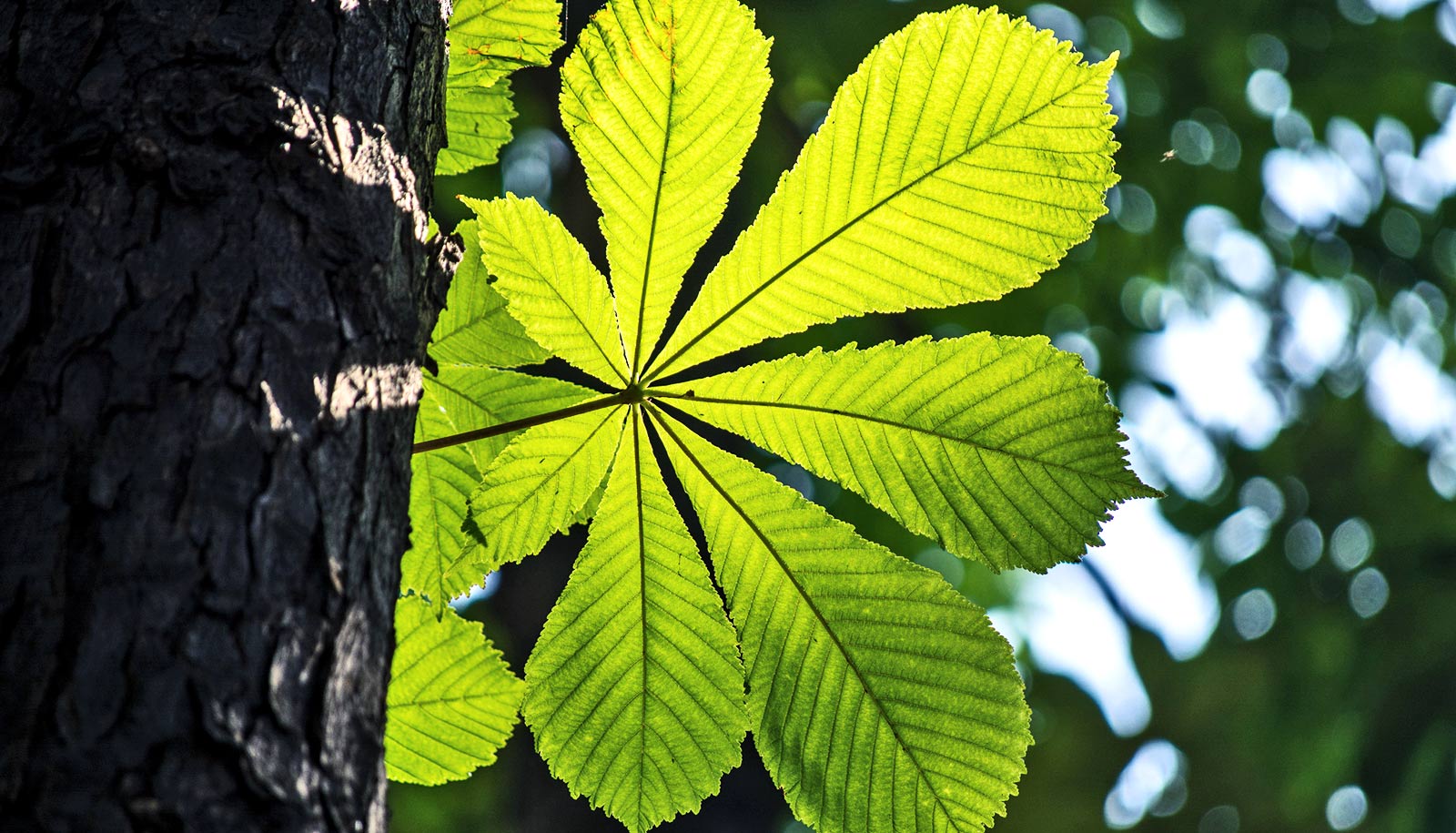Current climate change models might overestimate how much carbon dioxide plants can suck from the atmosphere, according to a new study.
Thanks to molecular research on photosynthesis, atmospheric scientists have now factored in lesser understood photosynthetic limitation into their models, which suggest that atmospheric carbon dioxide concentrations might increase more rapidly than previously expected.
Photosynthesis supports life on Earth. Photosynthetic organisms capture carbon dioxide from the atmosphere and process it through a series of reactions known as the Calvin-Benson cycle.
“…plants’ ability to help us control atmospheric carbon dioxide levels is weaker than we thought.”
Specifically, they use carbon to make triose phosphate, a molecule which eventually turns into sucrose, the energy currency that powers plants and the food chain above them. The process is referred to as TPU, or triose phosphate utilization.
But there is a limit to how much carbon plants can use.
“When photosynthesis gets too much carbon dioxide, it can’t process it into sugars fast enough,” says Tom Sharkey, a professor at the Plant Research Laboratory at Michigan State University’s. “Photosynthesis cannot indefinitely increase its productivity levels. It reaches a ceiling, and more carbon dioxide won’t help.”
“The prognosis is more alarming than we previously thought. We need to better understand TPU limitation, because it is affected by many factors. So far, we know the limitation is worse at high light levels, when temperatures are colder, and at high carbon dioxide levels,” Sharkey says.
“The takeaway is that plants’ ability to help us control atmospheric carbon dioxide levels is weaker than we thought.”
The study is published in the journal Environmental Research Letters.
Source: Igor Houwat for Michigan State University



